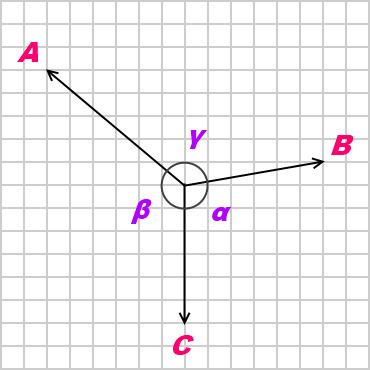 | ||
In statics, Lami's theorem is an equation relating the magnitudes of three coplanar, concurrent and non-collinear forces, which keeps an object in static equilibrium, with the angles directly opposite to the corresponding forces. According to the theorem,
Lami's's theorem is applied in static analysis of mechanical and structural systems. The theorem is named after Bernard Lamy.
